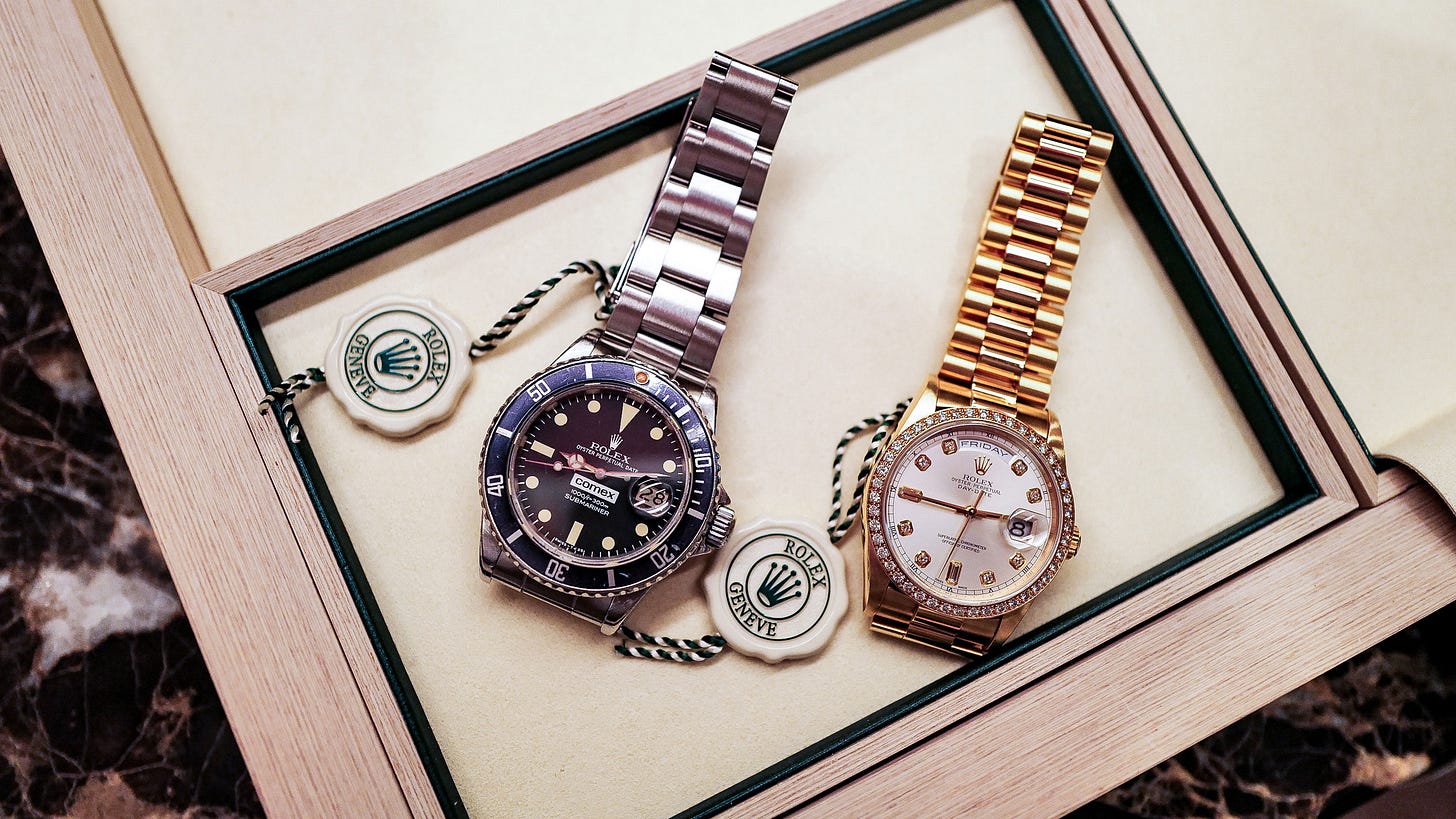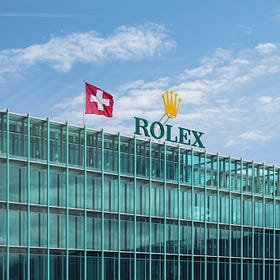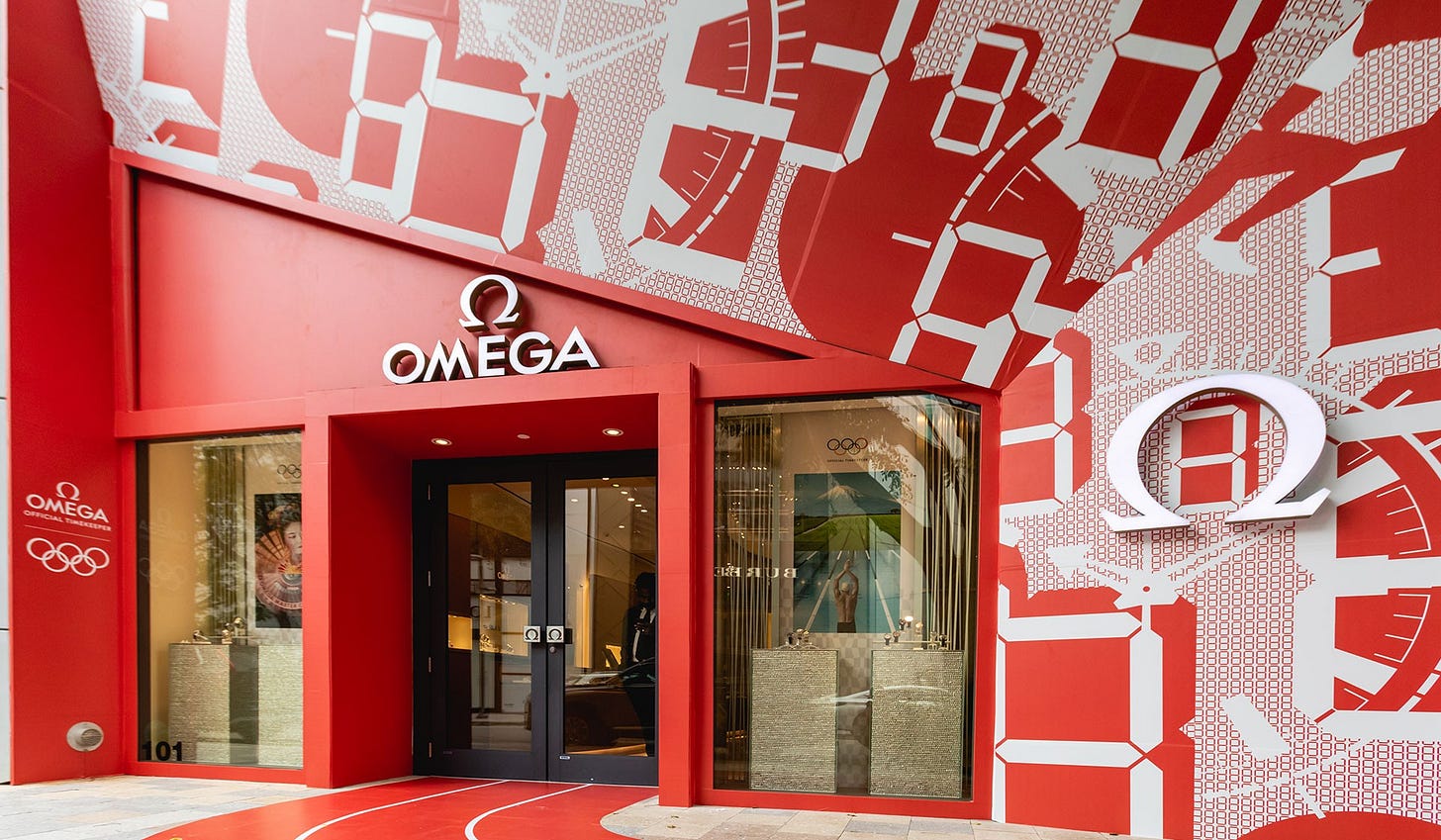April Shock for the U.S. Watch Market
Sales surge ahead of price hikes as Swiss brands navigate economic headwinds and growing geopolitical uncertainty
After weeks of uncertainty, the watch market seems to have responded with a sudden flare-up, at least temporarily. In April, sales of luxury watches in the United States surged, driven by a rush by consumers and retailers to anticipate price increases announced by giants such as Rolex, Swatch Group, and Omega. But behind the boom lie mixed signals, and the future of the industry remains hung on evolving U.S. trade policy.
April Sales Spike Ahead of Price Adjustments
According to the Luxury Watch Barometer, which monitors sales data from more than 2,500 specialty stores, the “Luxury” segment (watches between $5,000 and $10,000, excluding Rolexes) saw a +35.6% jump over April 2024. A surge described as “exceptional” by analysts, caused by fears of a price increase on May 1, which then actually materialized.
“This is an extemporaneous phenomenon, not the beginning of a new expansive cycle,” commented Fred Levin, managing partner of LWB. Retailers have been anticipating the purchase of stock and alerting customers to impending price increases, triggering a real buying rush. In parallel, Swiss watch exports to the United States grew +14% in March, double the previous month's figure, in an attempt by brands to circumvent the risk of tougher tariff imposition by the Trump administration.
Rolex to Hike U.S. Prices by 3% Starting May 1
Stay ahead of the curve – subscribe to our weekly blog to keep up with the latest news, info and insights from the watch market
Rolex, Omega, AP: Price Increases Confirmed
As anticipated, Rolex made official a 3% average increase on its U.S. listings as of May 1, while Omega introduced a 5% price hike, with the aim of preserving margins in a context of sharply rising costs.
Audemars Piguet also confirmed “selective adjustments” in prices, in response to the double impact of rising gold prices (up 28% since the beginning of the year) and the revaluation of the Swiss franc.
But that's not all: Rolex also reportedly reduced the margin recognized to U.S. retailers by 1%, a sign of how the brand is trying to distribute the impact of the 10% tariff among the maison, distribution network, and end customers.
The U.S. market, which is worth more than 4.4 billion Swiss francs to Swiss watchmakers, remains crucial for all major players in the industry. But the instability generated by the announced and then reshaped trade tariffs (from 31% to 10%) continues to generate uncertainty among managers.
Raynald Aeschlimann, CEO of Omega, said that “the world has been shaken” by the announcement of the tariffs, and that the instability could delay many consumers' purchases, making it difficult to create the famous “shopping moment.” A view also shared by Ilaria Resta, CEO of Audemars Piguet, who spoke of a “standby” attitude on the part of customers waiting for more clarity.
The Uncertainty of Autumn
The current 10% tariff will remain in effect for another two months, after which there may be further developments. Industry players, from industrialists to auction house managers such as Antiquorum, remain on high alert. “I'm not panicking until there are final decisions,” said Julien Schaerer, managing director of Antiquorum, who fears the impact of a return to rates of +31%.
April's boom was a blast of hot air in a climate that remains volatile. While the industry has shown remarkable resilience, the horizon remains full of clouds: unfavorable currencies, rising raw materials, uncertain tariffs.
For now, Swiss watchmaking continues to navigate, sight unseen, in the choppy waters of American geopolitics.






